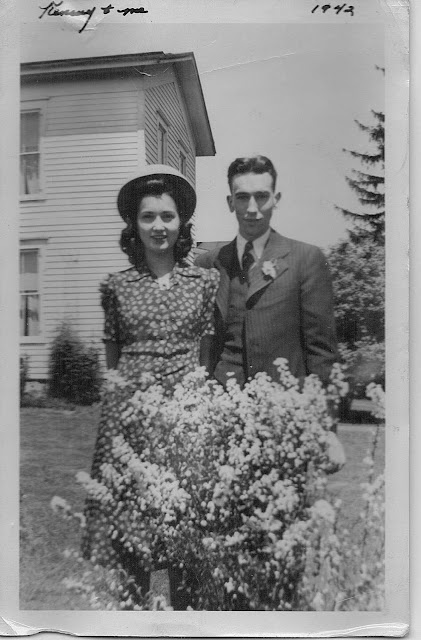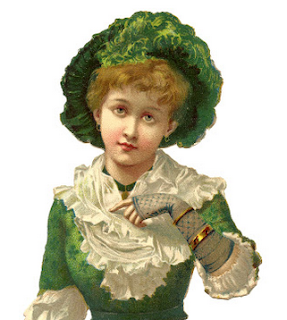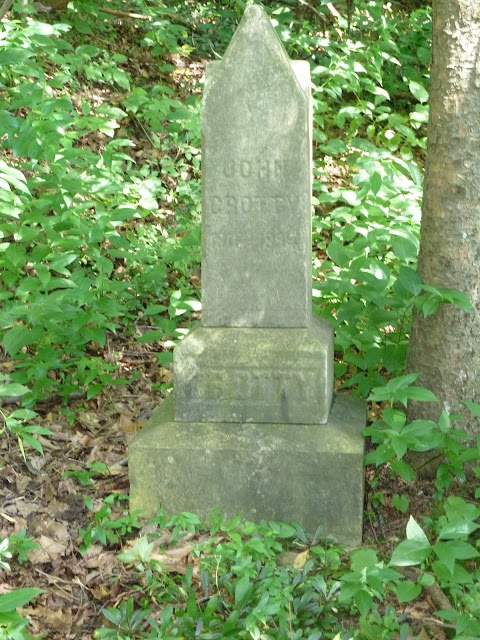 |
| You can't tell the players without a program! |
OK, we're well past the half year mark now, only four months remain in 2013 and you can't even count December. I work in a bakery and the holidays are when things really heat up...no pun intended. Along with the cutting, baking and decorating of Christmas cookies until they come out my ears, there is cleaning, shopping, wrapping and all the dazzling parties I will no doubt be invited to. Needless to say, not much genealogy will get done during the season of Yule; neither will the organization of genealogical records which was my resolution for the New Year.
I have tried, really I have, but I sit down and look at all the organizing that needs to get done and I'm overwhelmed; I don't know where to start. What usually happens at that point is I decide it would be more fun to search a new database than deal with my existing files. I was reminded of the results of my dilatory behavior just yesterday when I found a really exciting obituary and went to enter it in my genealogy software. Imagine my surprise, or chagrin, when I found it already there. I had found the same obituary several years ago, but after typing it into my program it seems I just forgot about it. There must be a better way!
To that end, I have decided to make a timeline and brief bio for each of my ancestors, starting with direct lines to keep it manageable. Hopefully, this will accomplish several things-
- I've made some of my best discoveries re-reading notes from long ago that made no sense at the time I took them, but in the light of newer research now do.
- I'm not getting any younger, I know if my notes are a mess when my kids inherit them, they will probably toss them rather than try to figure them out.
- Making those timelines and bios points out gaps in research which helps me see where I need to concentrate my time. Clue--it isn't on finding the name of Grandpa James' third cousin's wife... sometimes I get sidetracked.
- Last but not least, I hope to clean out all duplicate records in my paper files, and I have alot of them! I'm a child of the 60's and I do not completely trust this box of boards and microchips on which I'm typing this. I intend to keep my paper, just streamline it.






























